Stunning solar eclipse on 10th of June 2021
We recently featured the Super Blood Moon which occurred on the 26th of May 2021. This was a lunar eclipse, when the Sun, the Earth and the Moon (in that order) were in a perfectly straight line, and the Moon was fully obscured by Earth’s shadow, giving it a reddish hue.
Did you see it? We showed some photos in yesterday’s Mailbag taken by Jane and myself showing the view from Melbourne, Australia. The diagram below shows what actually happened.
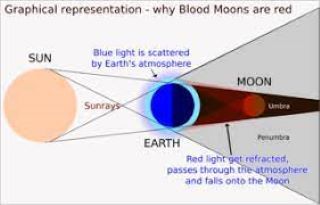
Another astrological event will occur on June 10, 2021, an annular solar eclipse.
A solar eclipse occurs when the Moon passes between Earth and the Sun, and partly or fully obscures the image of the Sun, depending on where you are viewing from on the Earth. You will how it differs to a lunar eclipse when you compare the above diagram with the following one:
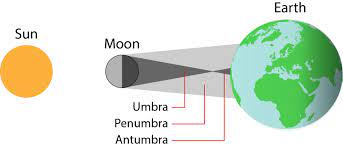
However, this solar eclipse is not going to be a total eclipse. You may wonder why not, and why it is called an annular solar eclipse.
The reason is that the moon does not have a circular orbit around the earth, it is actually an elliptical (or oval) shaped path.
An annular eclipse occurs when the Moon is at is farthest from the Earth, making it appear smaller. This means that, from our viewpoint here on earth, it is unable to entirely block the Sun, and a ring of light shows around the edge, and looks a bit like a halo.
This ring of light is called an annulus, or ring of fire and looks like this:
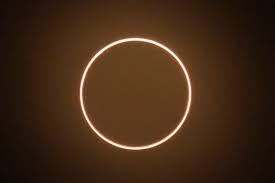
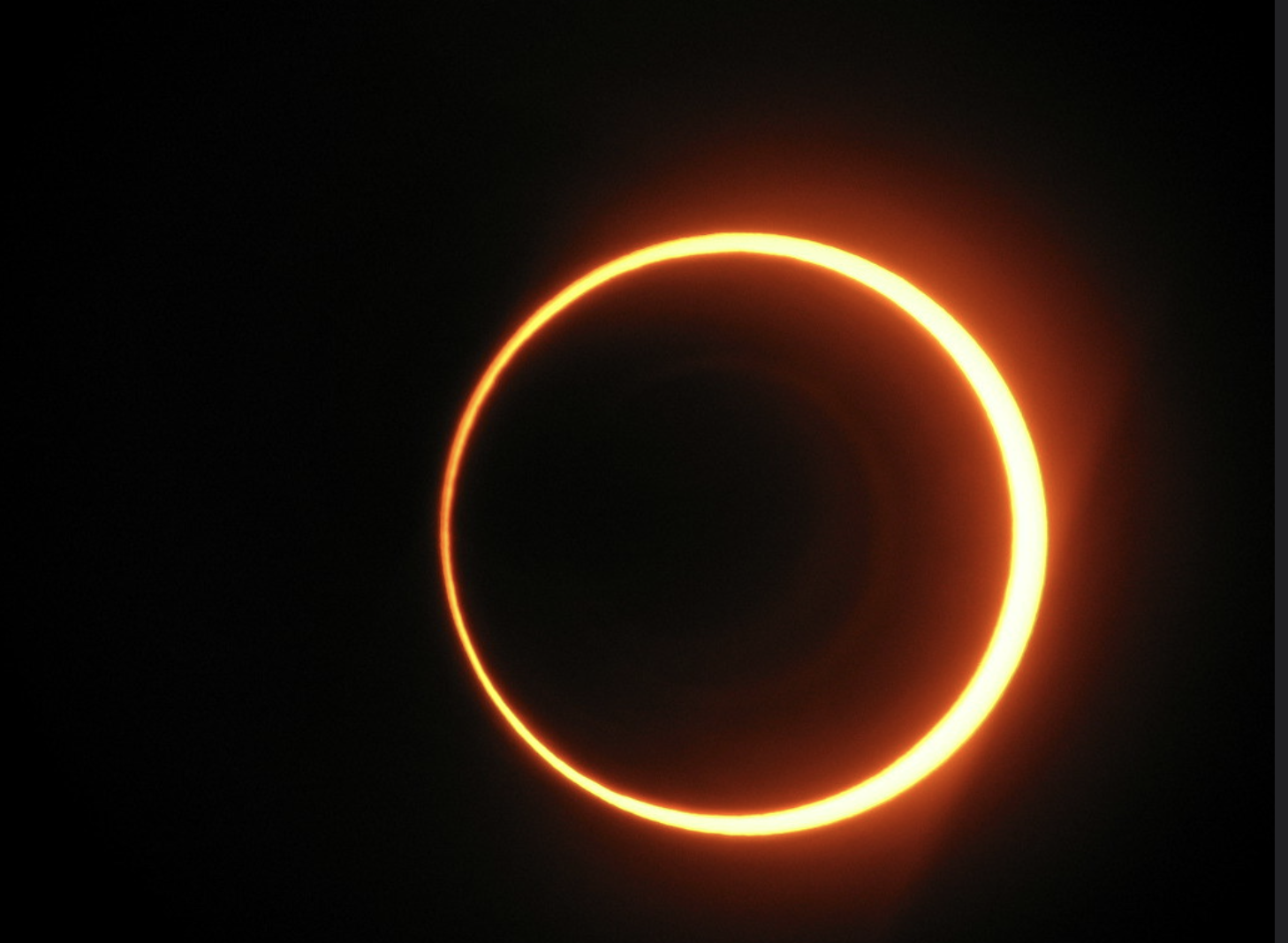
As an aside, there will be another eclipse on the 4th of December 2021, and this one will be a total solar eclipse, because the moon will be at its closest point to the Earth and so will look bigger to us, and will therefore cover the whole of the sun.
Of course, a solar eclipse is only visible in places where it is daylight when it actually occurs (as when it is night, we can’t see the sun, anyway!). This particular annular eclipse will be fully visible from parts of northeastern Canada, Greenland, the Arctic Ocean (passing over the North Pole), and the Russian Far East.
It will appear as a partial eclipse from a region thousands of kilometres wide, which includes northern and eastern North America, most of Europe. and northern Asia,1 starting at approximately 8.12pm UTC till approximately 1.12am UTC.
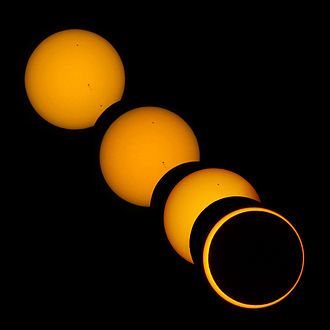
Unfortunately, it won’t be visible in most of the southern hemisphere, including Australia, New Zealand, and Oceania, at all.
The following diagram might give you some idea of the path it will follow over the five hour range of it's visibility:

HOWEVER, if you are in a part of the world where this annular eclipse will be visible, please be reminded that you must NEVER view any solar eclipse with the naked eye, sunglasses, camera viewfinder or binoculars. You could cause irreparable damage to your eyes even just looking at the annular ring.
The only safe way to do it is using an approved solar filter which you should source from a qualified, reputable source if you want to view it directly.
Instead, if you are interested, we recommend that you watch the eclipse in some other broadcasted way. For example, this link will become active when the eclipse begins at about 8.12pm UTC or 6.12pm AEST:
Alternatively, your local news service will probably give a report and safe view after the event.
We wish you good viewing whichever media option you choose, but please do NOT look at it directly without an appropriate solar filter.
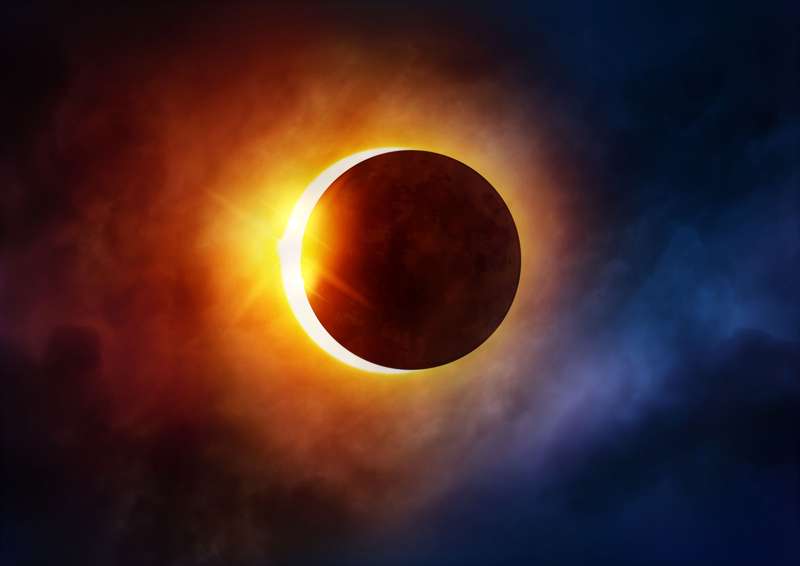
Footnotes
- With thanks to Wikipedia

